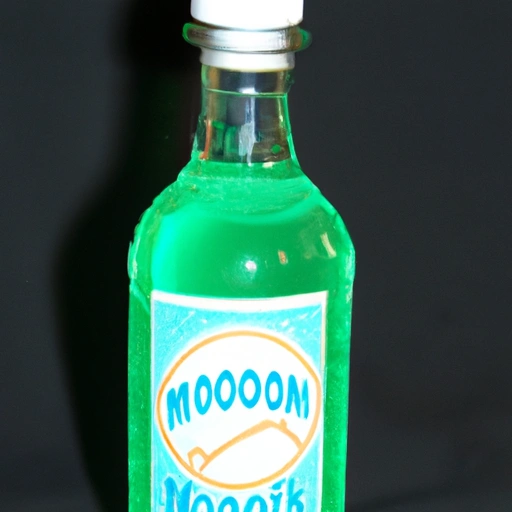Food Color
Description

Food color, also known as food dye, is a substance that imparts color when added to food or drink. They come in many forms such as liquids, powders, gels, and pastes. Food coloring is used both in commercial food production and in domestic cooking. Thanks to the varying preferences and regulations across the globe, food colors can be found in both synthetic and natural forms. They are measured in various units, including drops or milliliters (mL) in the American and Azjan systems, and milliliters and grams in the European metric system.
Common uses
Food colors are commonly used to improve or restore the appearance of a product, compensate for natural color variations, or to achieve a desired decorative effect. They are widely used in a variety of products including candies, baked goods, and beverages.
Nutritional value
Calories
Food colors generally contribute negligible amounts of calories to food.
Protein
They do not provide any protein content.
Fat
Food colors are typically fat-free.
Carbohydrates
They contain minimal to no carbohydrates.
Vitamins
Food colors are not a significant source of vitamins.
Minerals
They also do not provide essential minerals.
Health benefits
Food colors themselves do not offer health benefits; however, they can make food more appealing and encourage consumption of healthful ingredients that are included in colored foods.
Potential risks
Some artificial food colors have been linked to health issues such as allergic reactions and hyperactivity in sensitive individuals. It is important to use food colors within recommended safety guidelines.
Common recipes
Food colors are used in a variety of recipes ranging from frosting and cakes to Easter eggs and rainbow bagels.
Cooking methods
Most food coloring is added during the mixing process, but they can also be used in baking, boiling, and other cooking methods without significant changes in color.
Pairing with other ingredients
Food colors do not have a flavor and thus, can be paired with any ingredient without affecting the taste profile.
Summary
Food color is a versatile ingredient used to enhance the visual appeal of dishes. While they play no role in the nutritional value of food, their impact on the aesthetics of cuisine can be significant. When used responsibly, food colors can be a safe and effective way to make meals more appetizing and fun, though it is important to be aware of potential risks and choose colors that have been deemed safe by regulatory bodies.